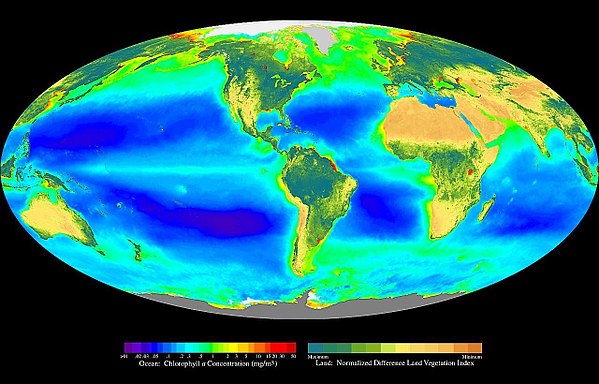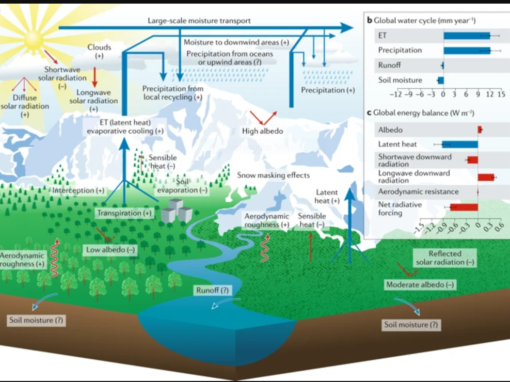If you look at the same data in a new way, you get a very different view of the ocean’s role in processing carbon, hence its role in regulating climate.
– Ken Buesseler, Woods Hole
More scientific “updating” (or, backpedalling?) around #CAGW.
Catastrophic Anthropogenic Global Warming. That other crisis.
It can sometimes be awkward for consensus-adherents to explain why CO2 Sinks (anything that absorbs or eats CO2, basically – plants, ocean absorption, rock weathering…) mysteriously keep growing to match the Sources (respiration, human industry, land use changes). The common claim is that this will run out, soon.
Liebig’s Law of nutrient limitation is always handily invoked. Doesn’t matter how much of all the other nutrients you have, if one key one runs out. Then critters can’t take advantage of the rest. Growth stops.
<Insert chart here>
Should be kinda obvious, if you are not committed to a narrative.
Bluegreen algae & other microscopic critters in the ocean (radiolaria, diatoms, etc), let alone on land or in air, are so utterly vasty it’s like trying to visualize how many stars in a galaxy and how many galaxies in the universe.
Plankton feed on CO2, and other nutrients, some more limited, but even the limited ones may — arguably — be produced to match the need by yet other critters (ecosystems kinda tend to work that way, y’know – as noted some time ago in personal correspondence with Biotic Pump visionary physicist Anastasia Makarieva). We can probably dig up links to support this, if you bug us.
Plankton reproduce, they multiply, they die, they get gobbled, their exquisite calcium-carbonate art temples fall to the seafloor, making room for more back in the sunny waters above…
Per an anonymous chemical engineer, the elusive “Bart” , sinks and sources are linked by feedback loops. Somewhere buried in the comment sections of Judy Curry’s ClimateEtc is a fancy-ass differential equation from Bart, to that point. Would be cool to see it graphically rendered.
Elucidate thyself with the sweet video from Woods Hole.
Press Release from Woods Hole Inst
Original Paper Abstract:
The biological carbon pump (BCP) comprises wide-ranging processes that set carbon supply, consumption, and storage in the oceans’ interior. It is becoming increasingly evident that small changes in the efficiency of the BCP can significantly alter ocean carbon sequestration and, thus, atmospheric CO2 and climate, as well as the functioning of midwater ecosystems. Earth system models, including those used by the United Nation’s Intergovernmental Panel on Climate Change, most often assess POC (particulate organic carbon) flux into the ocean interior at a fixed reference depth. The extrapolation of these fluxes to other depths, which defines the BCP efficiencies, is often executed using an idealized and empirically based flux-vs.-depth relationship, often referred to as the “Martin curve.” We use a new compilation of POC fluxes in the upper ocean to reveal very different patterns in BCP efficiencies depending upon whether the fluxes are assessed at a fixed reference depth or relative to the depth of the sunlit euphotic zone (Ez). We find that the fixed-depth approach underestimates BCP efficiencies when the Ez is shallow, and vice versa. This adjustment alters regional assessments of BCP efficiencies as well as global carbon budgets and the interpretation of prior BCP studies. With several international studies recently underway to study the ocean BCP, there are new and unique opportunities to improve our understanding of the mechanistic controls on BCP efficiencies. However, we will only be able to compare results between studies if we use a common set of Ez-based metrics.
https://www.pnas.org/content/early/2020/04/03/1918114117.short?rss=1



